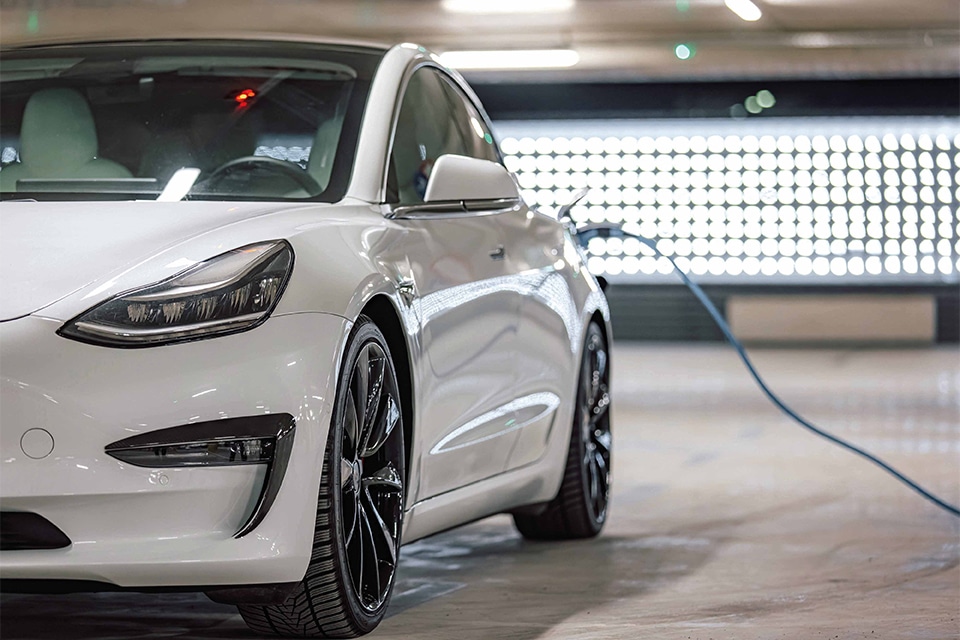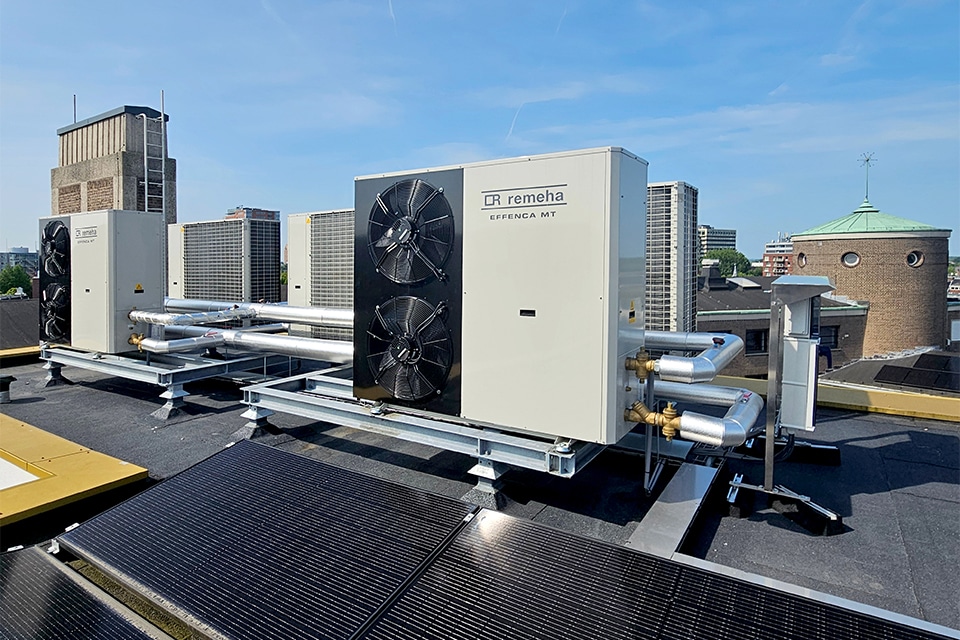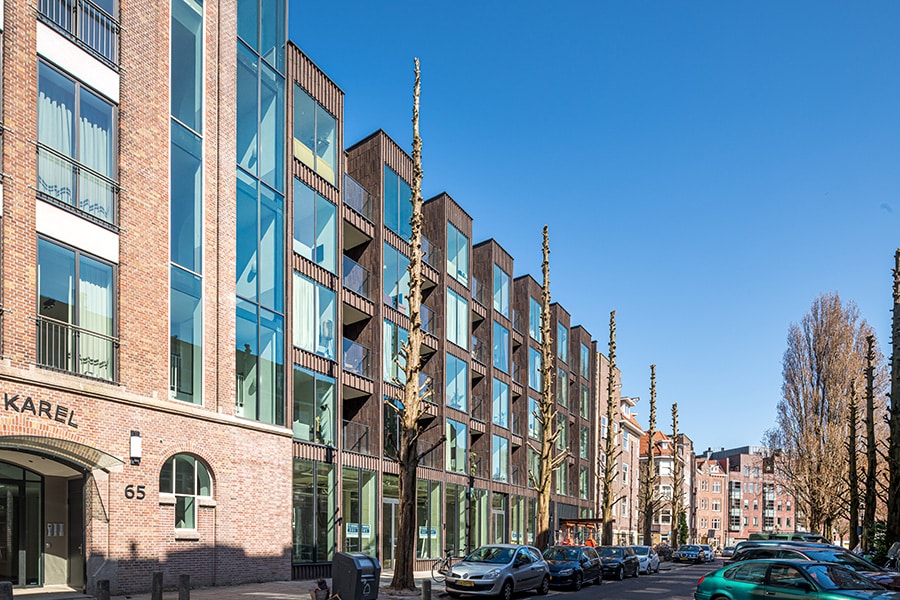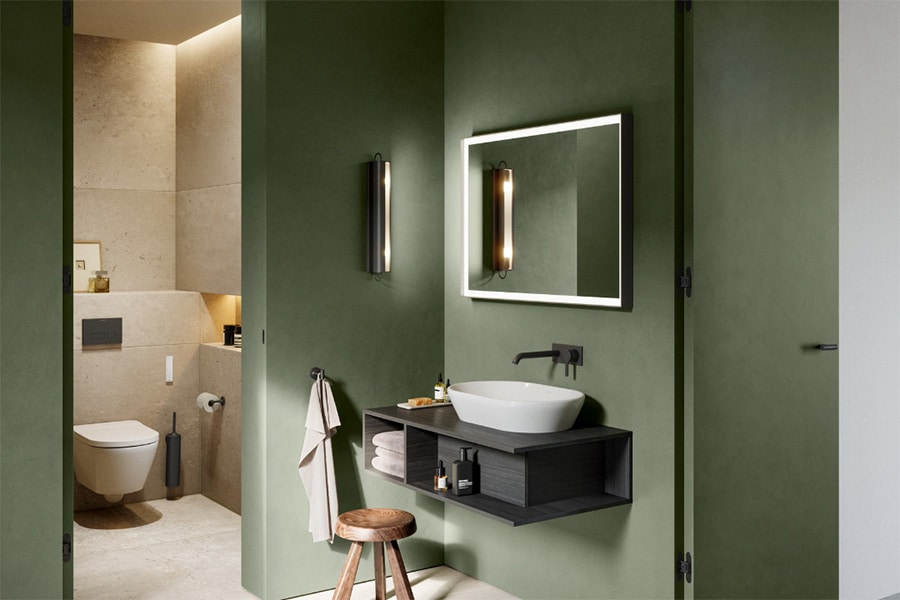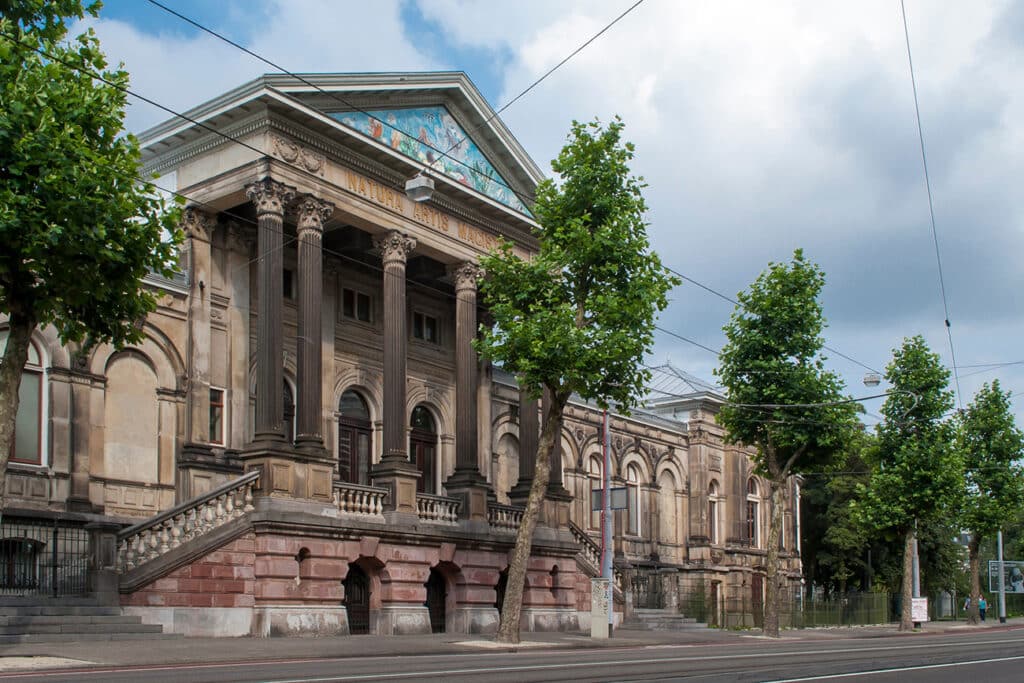
Second life for monumental ARTIS Aquarium
For decades, the ARTIS Aquarium in Amsterdam has displayed one of the most enchanting parts of nature: the underwater world. Some 420,000 liters of fresh and 880,000 liters of salt water flow through the aquarium, home to tropical fish such as the red-bellied piranha and rainbow fish, as well as seahorses, endangered coral species and sharks. Combined with a constant humidity of 65 to 75%, an ideal atmosphere is created for the aquarium inhabitants. For the building itself, however, conditions are less suitable. As a result of rising damp and salt crystallizations, the main load-bearing structure and natural stone inner façade on the public side of the national monument from 1877 have been severely damaged. To preserve the building for the future, a radical restoration and preservation project is currently underway. Engineering firm SWINN made the structural design for this.
SWINN and ARTIS can fall back on a long relationship. "In the past, we had the opportunity to provide structural advice and design for various renovations and expansions, such as the restaurant, hippo enclosure and monkey enclosure," says Cor den Hartog, structural engineer and project leader at SWINN. "Over a decade ago, the question followed for the restoration and preservation of the aquarium building. First trigger was saltwater damage to the main supporting structure." The concrete structure added in the 1960s to reinforce the masonry, which was already deteriorated by then, was decaying, he says. "And the structure around the saltwater aquariums was also weakening. Therefore, about five years ago it was decided to tackle the entire building."
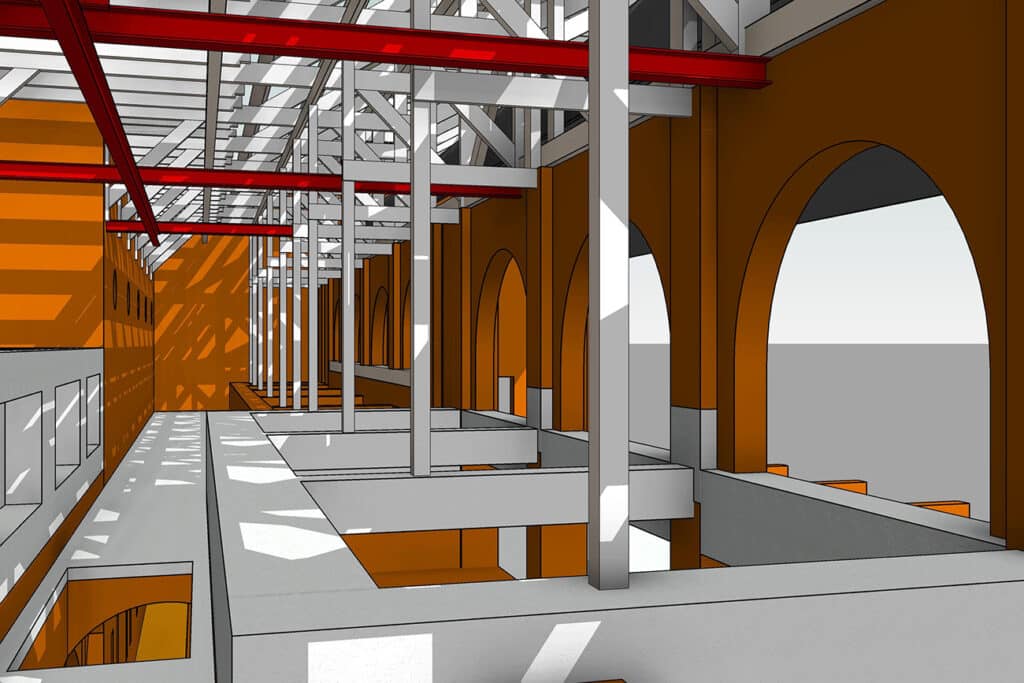
Intrusive saltwater damage
In a normally air-conditioned room, rising moisture can migrate about 4 to 6 meters upward. In a building like the ARTIS Aquarium, however, where there is constant high humidity, the moisture can rise much higher. "With the moisture, crystallizations of dissolved salts also migrate up, with all the (structural) consequences," emphasizes Hushang Ulfati, director and consulting engineer at SWINN. "Accumulating salt crystals have penetrated the masonry structures in several places. As the salt crystals here expand and exert high pressure in the core/pores of the material, the masonry will eventually pulverize from within." Meanwhile, the concrete wreaths installed here as reinforcement are also corroded and therefore no longer offer any relief. "And the cracks, fissures and other mechanical damages in facade, stucco and natural stone paneling have also largely been caused by salt infestation. For example, as a result of the salt, several steel beams have begun to rust and expand, pushing masonry and natural stone apart."
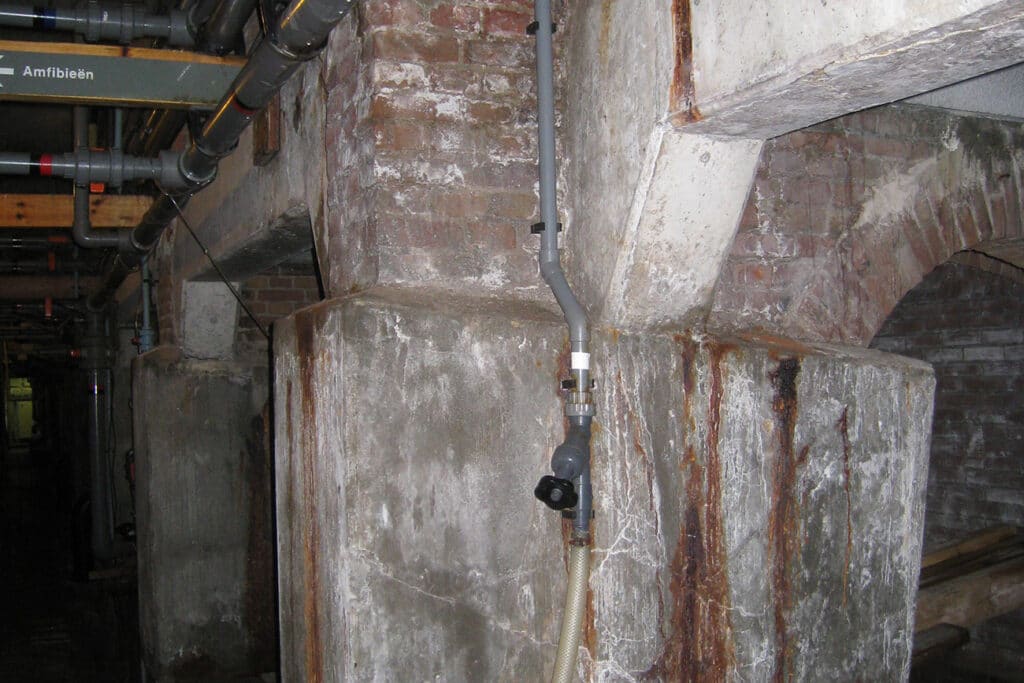
Structural consulting
SWINN was invited to collaborate with the architect, architectural consultant, installation consultant and Monumentenzorg (historical preservation society) to create a design for the restoration and preservation. The engineering firm from Gouda was specifically asked to advise on the extensions, adaptations and restoration work. In short: about all constructive elements that came its way. Which parts must be removed during the restoration? And how? Where are repairs or extensions possible? And what new structural provisions must be made to ensure the stability and safety of the ARTIS Aquarium for the future? "Of course, Monumentenzorg wanted to preserve the authentic structure, but unfortunately the current state did not allow for this," Ulfati said. "Therefore, based on our findings as well as the old building drawings, we calculated and worked out a sound new support structure. We also collaborated on temporary supports and replacement sequences. Last spring, the execution-ready design was handed over to structural contractor Salverda, which handles the execution assistance in-house."
Larger aquarium tanks, better walkways
In the new situation, larger concrete tanks will be installed, giving the aquarium inhabitants more living space, Den Hartog says. "This will add additional load to the structure, which will be absorbed by new pile foundations. Screwed piles were chosen, which can be installed from the existing building and also do not cause vibrations. In some places, openings will be made in the load-bearing walls, so that walking routes will be improved and visitors to the ARTIS-Aquarium can also take a look behind the scenes. Last-but-not-least, a new wooden support structure for the exterior facade will be installed, replacing the current interior walls and also insensitive to salt infestation."
